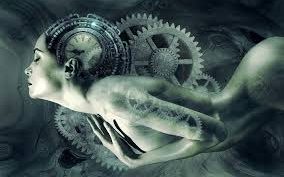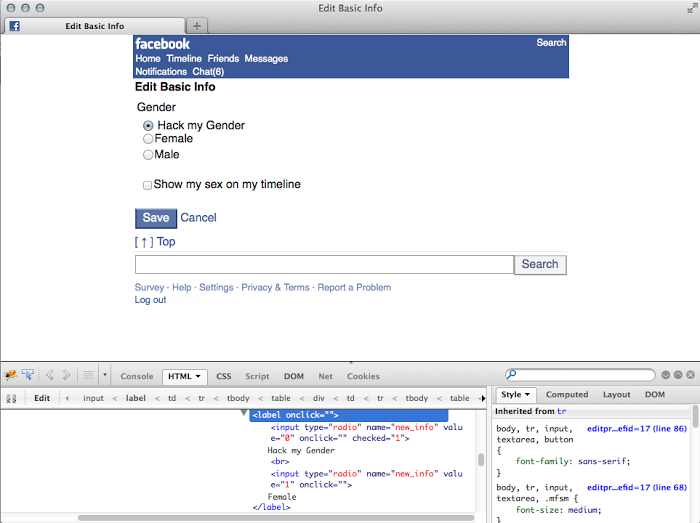Every now and again, as I stroll along through the rhythms of teaching and writing, my students stop and remind me of all the assumptions I quietly carry around. I find these moments helpful, if jarring. They usually entail me stuttering and looking confused and then rambling through some response that I was unprepared to give. Next there’s the rumination period during which I think about what I should have said, cringe at what I did (and did not) say, and engage in mildly self-deprecating wonder at my seeming complacency. I’m never upset when my positions are challenged (in fact, I quite like it) but I am usually disappointed and surprised that I somehow presumed my positions didn’t require justification.
Earlier this week, during my Public Sociology course, some very bright students took a critical stance against politics in the discipline. As a bit of background, much of the content I assign maintains a clear political angle and a distinct left leaning bias. I also talk a lot about writing and editing for Cyborgology, and have on several occasions made note of our explicit orientation towards social justice. The students wanted to know why sociology and sociologists leaned so far left, and questioned the appropriateness of incorporating politics into scholarly work—public or professional.
I think these questions deserve clear answers. The value of integrating politics with scholarship is not self-evident and it is unfair (and a little lazy) to go about political engagement as though it’s a fact of scholarly life rather than a position or a choice. We academics owe these answers to our students and we public scholars would do well to articulate these answers to the publics with whom we hope to engage. more...










